Always more to find for Shingle Dig Team
Warwick. For 10 years the Shingle Dig Team has been unearthing artifacts for the Warwick Historical Society.
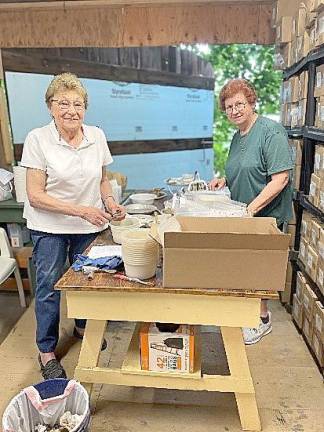
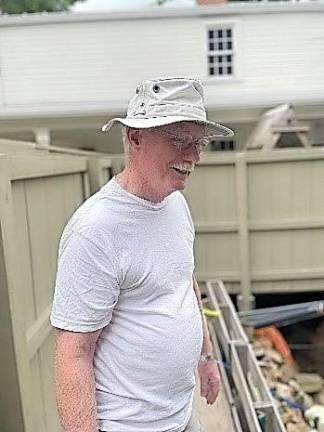
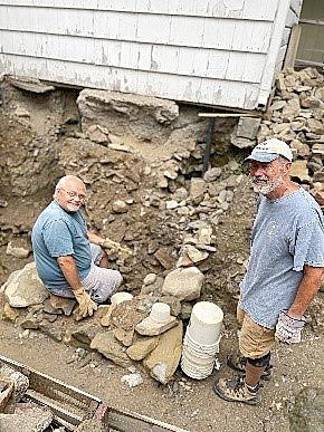
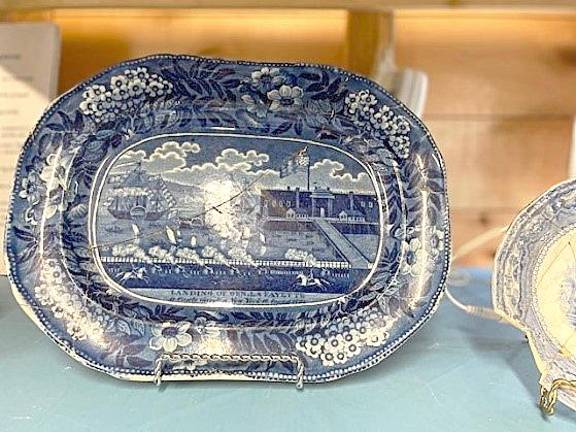
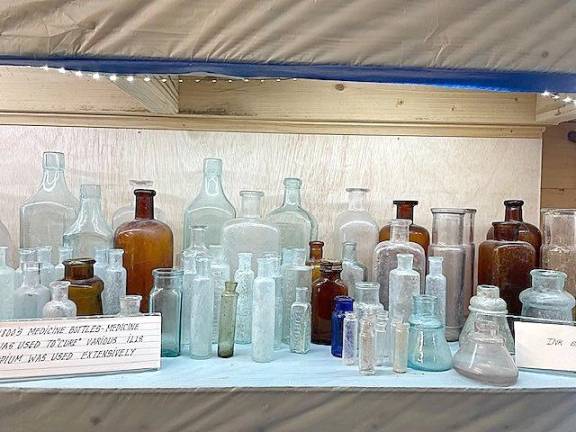
The Warwick Historical Society’s “Shingle House,” at 9 Forester Ave., is the oldest house in the Village of Warwick. The first property acquired by the Historical Society in 1915, it serves as the flagship home in the group of twelve structures currently available to the public for touring.
Members of “Team Shingle House” - George Knight, Mike Mohyla, Peg Ross, Mike Tulin and Dot Zwerin - recently shared their thoughts on the archeological project and the discoveries they have found.
How did you get involved in the project?
Dot Zwerin, 88, was volunteering in the clothing department at the Historical Society when George Knight brought in a button that he found at the dig to see if they could determine the age. He asked her if she might like to join the team.
“I was so excited because when I was a young woman, all I could be was a nurse, a teacher or a secretary,” she said. “He challenged me to help out and I was determined not to fail.”
George Knight, 78, said, “The project started out in 2013 as a day of metal detecting by a local history club. Michael Bertolini, curator, supervised the eight- and nine-year-old children. The kids found glass shards right away. One parent was a commercial archeologist, and he volunteered to set up a grid and lay out a map of the future pit. The first find was the top brick of a cistern that Michael recognized and identified.”
Peg Ross, 74, explained the work she and Dot do each day. “The artifacts are in buckets covered in dirt. We clean them with water, separate everything, document how many pieces, the type of material; glass, nails and white crockery. We categorize and mark them according to the area and depth of the pit where they were discovered. One recent find is the heel of a shoe. You can’t help wondering who wore it and what their life was like.”
“I enjoy knowing we are the first ones to discover an artifact,” said team member, Mike Tulin, recently retired. “Doing it for ten years, we have all learned a lot. I value the friendships we’ve developed and we enjoy being together. I look forward to it every day.”
Mike Mohyla, 68, and also retired, laughed and said, “My wife suggested I couldn’t be in our house anymore. I noticed an article in the Warwick Advertiser about the dig, so I met George and he invited me to join the group. I love the coins we find because of the dating. The oldest is a Spanish piece from the 1770s and a British hay penny from 1753.”
Can you tell us a little about the people who built the house?
“The house was built in 1764 for Daniel Burt Jr. and his wife, Martha as a defense against Native American attacks. She was from Connecticut and had bad things happen to her family from the tribes in the area. So she did a ‘colonial prenup’ of sorts with her husband, indicating she wouldn’t join him in Warwick unless the home was made of stone,” said George.
“We found the stone house by accident. The 1764 house is what we are currently excavating. The cistern that collected rain water was buried intact eight inches under the grade. It was watertight and collected water from the roof. We also found a stone lined privy called ‘a necessary.’ At the time, ‘night soil collectors’ would come and empty out the privies and process the contents with simple chemicals, extracting potassium nitrate crystals to produce black gun powder.”
What are some of the items you find the most interesting?
“Bottles were found in the privy and ash pit,” said Dot. “Medicine bottles and liquor flasks with a seven-ounce mark. A sad story is the murder bottle; a flat bottle with a rubber hose that babies and toddlers drank their milk or water from. Eight of ten children died from bacteria in the bottles. The blue plate was found in four pieces in the privy. Lafayette came to visit in 1885, and the state of New York gave him a parade and the plate was given to him.”
Story and photos contributed by Kim Evans and Sam Calabrese of the Warwick Historical Society
She was from Connecticut and had bad things happen to her family from the tribes in the area. So she did a ‘colonial prenup’ of sorts with her husband, indicating she wouldn’t join him in Warwick unless the home was made of stone.- George Knight